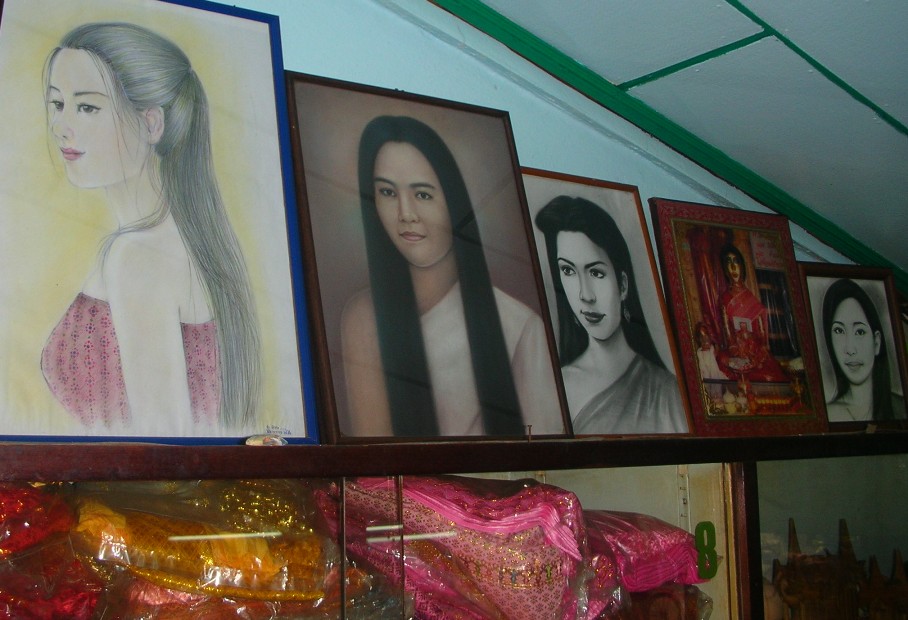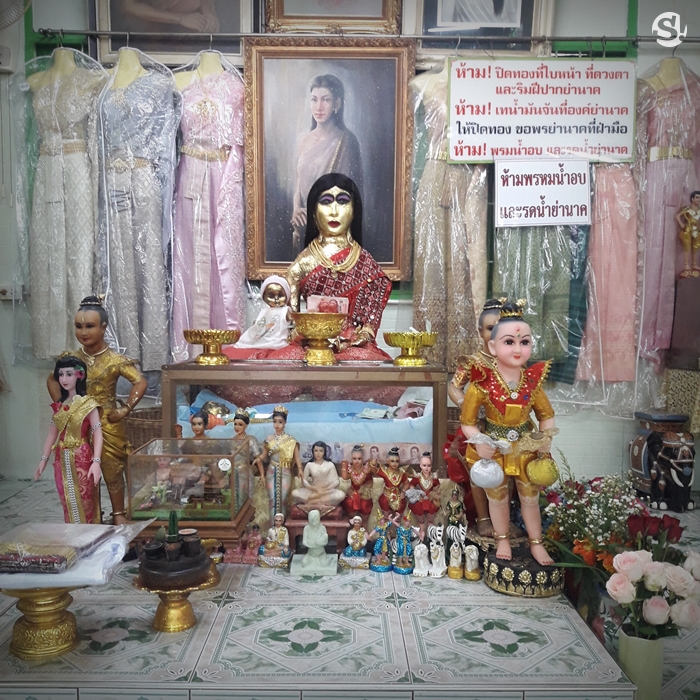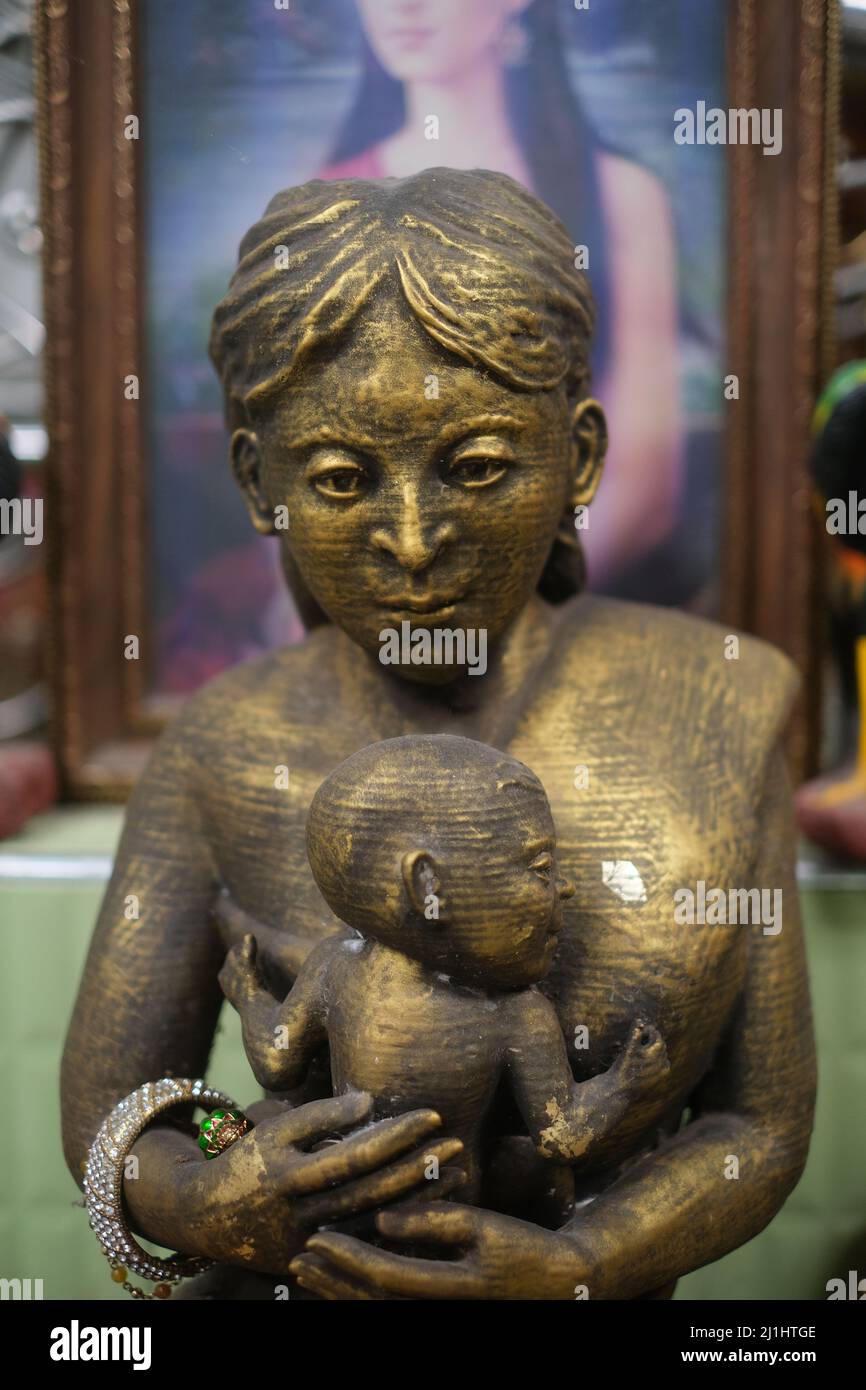The Haunting Whispers of Mae Nak Phra Khanong
In the vibrant heart of Bangkok, nestled along the banks of the Phra Khanong canal, there lies a compelling tale that intertwines the past with the present—one that has left lasting echoes in the very walls of the homes that line its shores. The story of Mae Nak, often told in hushed whispers, is not only a tale of love and loss but also one of vengeance, embodiment, and undying spirit—echoes of the Thai culture that traverse the boundaries of time.
Mae Nak was a beautiful woman, adored by her husband, Mak, who was drafted away from their bustling town to fight in the Siamese wars. Mak returned home only to discover that during his absence, Mae Nak had died while giving birth to their son. Unaware of her death, he found himself living with a woman incredibly alive but horrifyingly dead. Mae Nak, like many spirits of her genre in Thai folklore, is said to linger around the spaces in which she once thrived, straddling the realms of love and haunting, thus creating an enthralling atmosphere cobwebbed with tension and paradox.
What makes this account eerily memorable is its evolution into local phenomena—a cinematic resurrection that underlines Mae Nak as a cultural icon featured in numerous films and novels. Each retelling amplifies her story, adding glittering layers of tragedy that adorn the shadowy figures moving past the candlelit temples at dusk. Dread and curation inhabit these narratives, revealing a haunting intimacy that the modern Thai audience thrives upon. The cultural crossroads are evident as she continues to blur the lines between haunting reverie and mortal coexistence. Witnessing the tale over the years can evoke feelings that vary from déjà vu to fear—constellating resounding sentiments akin to lost souls buzzing in a lonely marriage, eternally seeking the warmth of their partners.
For those daring enough to seek her out, various locales exist in which echoes of her firm, bewailed footsteps linger. Ghosts form a contextual, invasive intimacy with modern Thailand’s dual sunsets and eyewitness hearts—a paradox borne not only of culture but fracture itself. Brahma’s shrine stands restless near a crash of traffic while continuous footfalls still reverberate within ghostly homes. Visitors whisper incantations asking for Mae Nak’s benevolence, while shopkeepers dote on the various talismans and offerings placed in her honor. These rituals reinforce the connection formed centuries ago, and whatever skeptics say, beneath the city’s breezy modern façade, the fervent believers know—as do the curious bystanders who quietly lay offerings and prayers near her shrine—that she remains palpably near.
Mae Nak’s ghostly allure ensures that traditional encounters with the supernatural warm their way into every elliptical narrative human nature weaves. Those plagued by its aftermath—young lovers in thrall to her tribulations and unsure of their honest intentions—begin to tread closely on delicate ties that may swing toward loyalty, betrayal, and a chilling fate. The undercurrents of each intertwined life remind us how love can become a thickly layer of haunted beauty that exists between realms, illuminating the timeless legacy Mae Nak has solidified within one of Thailand’s bloodier histories. Indeed, her story propels conversations—where love, longing, and loyalty overlap, bridging tenuous strands laced with echoes of despair, establishing a harmonious chaos greeted with fervent bewilderment.
Through twists of fate and melodic echoes of femininity embedded deep in Thai society, Mae Nak’s frail spirit continues to breathe, taut with the themes of legacy, sorrow, and ferv idolization that pervade the delicate emotions simmering under the surface of reverence and history. Put simply, Mae Nak Phra Khanong provides us with a narrative irongated scenes bathed in twilight—a fitting reminder that the stories we raise voice within and project upon our relationship with love lead our hearts firmly toward inevitability, igniting ahead pendulously on an eternal thread, weaving cycle upon cycle of culture where understanding breaches supernatural finitude.
Horror Level:
4 / 5
References:
Mae Nak Phra Khanong – Wikipedia – link
Mae Nak Phra Khanong – Thailand Foundation – link
Conceptual Illustration of Mae Nak – Dreamstime – link
Statue of Mae Nak – Alamy – link
High-Resolution Image of Mae Nak – Depositphotos – link
Categories: Horror
Tags: supernatural






